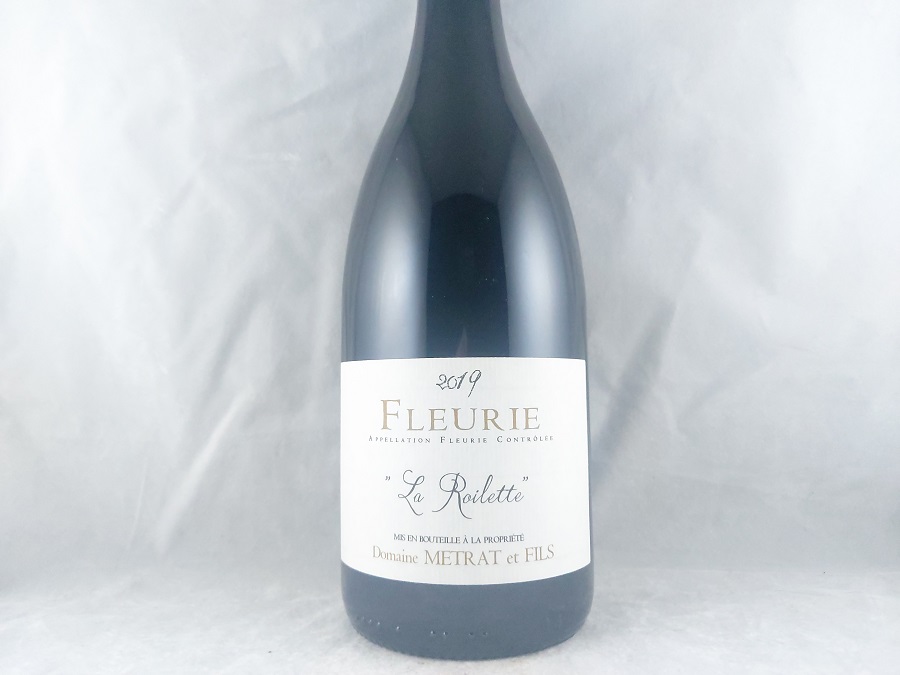
Wine Notes
A selection of wine notes from wines I have tasted in the recent past that I have enjoyed. There is no theme except for great wine.
JL WOLF JESUITENGARTEN GRAND CRU RIESLING 2009
Ernst Loosen, owner of the world-class Dr Loosen estate on the Mosel, also has the reigns of this estate in the village of Wachenheim in the Pfalz region. Ernst aims to preserve the traditional character of the region, but with a new level of concentration and opulence. Typically, wines from the Pfalz are weightier and drier, than Mosel wines, and have a style that’s rounder and more earthy. The wines are clean and focused with good body, full fruit flavours and a strong backbone.
This top-class vineyard produces highly refined Rieslings that have a delicate complexity and extraordinary finesse. The well-drained, weathered sandstone soil yields wines of amazing purity and grace. Drink now or leave until 2014-2024 and possibly longer.
GEORG BREUER SAUVAGE RIESLING 2009
The Breuer Estate was a major force in the re-emergence of Rheingau as a pre-eminent wine region. And were very active in promoting the Charta wines, as well as being major players in the “Erstes Gewachs” vineyard classification movement. Breuer is especially successful with their dry Rieslings, which are clean, firmly structured and finely balanced.
Sauvage is a regional blend designed to reflect the house style of Breuer and reflect the vintage. In great years (like 2009) this wine is outstanding value. Drink now or from 2014.
DR BURKLIN WOLF WACHENHEIMER RIESLING 2009
Based in the Mittelhaardt, the quality core of Germany’s world-renowned Pfalz. Since the 2001 vintage Bűrklin-Wolf have classified their wines according to the vineyard site (similar to Burgundy) rather than sugar weight (as the 1971 German wine laws dictate). They have discovered that today’s top vineyards are exactly the same as those identified in the 1828 Bavarian Land Taxation Laws: A time when these vineyards produced some of the most expensive and highly regarded wines in the world.
A village blend rather than from a single site means this wine benefits from receiving de-classified fruit from several of Burklin-Wolf’s most prestigious sites. This is a classic Pfalz Riesling with depth of flavor, aromatic spice and a soft, voluptuous dry finish. Drink now or leave until 2014 and beyond.
HUDELOT-NOËLLAT BOURGOGNE ROUGE 2009
With a 10ha cache of superb vineyards brought together by the marriage of Alain Hudelot to Odile Noëllat from Vosne Romanée in 1960, Hudelot-Noëllat is a consistent first-rate red Burgundy producer. Their philosophy is simple, maintaining high average vine age, organic viticultural practices, ploughed vineyards and low yields.
Alain Meadows of Burghound included this wine in his top value in the vintage and suggested it is drinking well from now.
HUDELOT-NOËLLAT VOSNE-ROMANÉE SUCHOTS 1ER CRU 2009
Wedged in between Clos St Denis and Romanee St Vivant on the Routes des Grand Cru, but only ranked Premier Cru because the middle of the vineyard gently dips down lower than the other Grand Crus. In the hands of good producers this vineyard excels and is often quite a bargain. Drink from 2016.
TOLLOT-BEAUT CLOS DU ROI BEAUNE 1ER CRU 2009
Everything about this fine Domaine is attractive – even the elaborately decorated concrete cuves. The Tollot’s and the Beaut’s have remained together for many generations and therefore have maintained excellent and valuable vineyard holdings. The younger generation – cousins Nathalie, Jean-Paul and Olivier direct the Domaine. They have made substantial changes in the past few years and quality has risen at this progressive and fine Domaine. Always a consistent source of delightful and serious Burgundy that represents very good value coupled with wonderfully stylish presentation.
On the Savigny side of Beaune, this wine offers a more elegant and stylish version of Beaune. Drinking well from 2014 and beyond.
LANGOA-BARTON ST-JULIEN 3RD GROWTH 2008
Located in the centre of the appellation along the banks of the Gironde river, Langoa-Barton has roughly 37 acres (15 ha) under vine. The plantings are: 70% Cab Sauvignon, 20% Merlot, 8% Cab Franc, and 2% Petit Verdot. Typical of the area, the soil composition of the vineyard is composed of a gravel topsoil over a clay sub-stratum. Château Langoa-Barton shares its cellar with its sibling Château Léoville-Barton, and though the red wines share similar upbringing in the cellar, Langoa-Barton generally ends up as the lighter style of the two. An average vintages sees about 7,000 cases of Château Langoa-Barton produced.
Decanter rate this wine four stars and say “Deep purple-red, deep, slightly smoky, slighty briary black fruits nose, both freshness and depth on the palate, elegant concentration of fruit, tannins that will blend in to show an expressive, classy wine. Drink 2015-25”
DURFORT-VIVENS MARGAUX 2ND GROWTH 2008
The Durfort-Vivens vineyards comprise 32 hectares on the typical gravelly soils of Margaux. Cab Sauvignon dominates, accounting for 70% of the vineyard. The remainder is 20% Merlot and 10% Cabernet Franc.
Typically Margaux with a lovely perfumed nose, a lean and structured palate and a core of acid. Will build with time in the bottle. Drink now or leave until 2015.
D’ISSAN MARGAUX 3RD GROWTH 2008
53 hectares of vines planted on an estate which covers 120 hectares, most of which is pasture. Laying adjacent to the château, the main vineyard which gives rise to the grand vin has a typically gravelly terroir and is planted with 70% Cabernet Sauvignon and 30% Merlot.
The wine is dark, silky and generous, nice density and balance. It definitely needs a bit of time in bottle. Drink from 2017.


